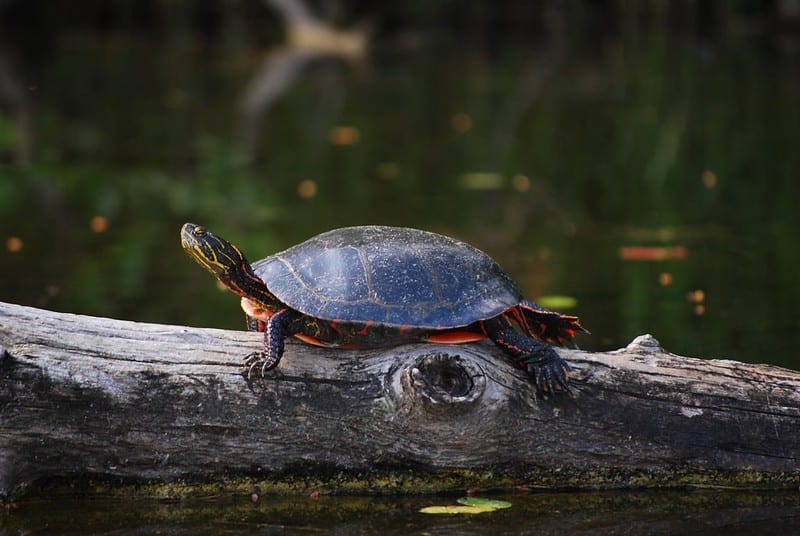With COVID still present, typical in-person field trips and educational summer travel may not be possible for students. But technology has come to the rescue and many exhibits and tours are now available online for digital consumption. With the end of the school year approaching, take a break from your strict syllabus and let your students take a virtual field trip.
Visiting an online 4D museum (which refers to having a complete museum experience via computer or phone), virtually traveling to another state, or even seeing wild animals in their natural habitats via live webcam are all great ways for students to stay intellectually active, socialize safely, and keep learning in a fun way. Here is a list of nine virtual tours and online educational exhibits that will keep students engaged from the comfort of their own homes!
1. The Ecostation at the Children’s Museum Houston
The Ecostation at the Children’s Museum Houston is about how everything in the ecosystem is connected. It features native plants and animals that can live together in an ecosystem. In this virtual exhibit, students can make leaf rubbings, identify footprints, observe decomposition, spot animals in the pond (including our red-eared slider turtles) and more! Great for young students and curious explorers.
2. The Blue Whale Exhibit at the National History Museum in London
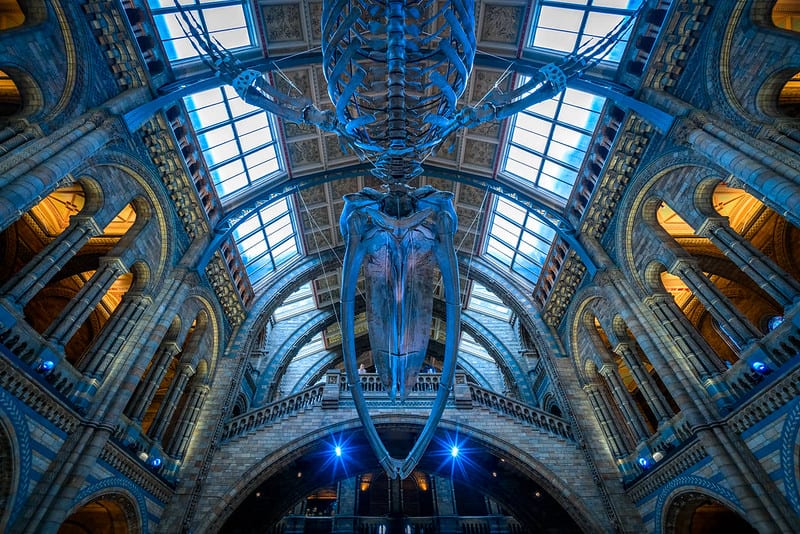
The National History Museum in London, UK is one of the oldest museums in the world. First opened in 1881, it houses objects including plants, fossils, minerals and dinosaur bones. Hope the Blue Whale, standing at 80 feet long, is one of the most fascinating exhibits of the museum. In this online interactive exhibit, you can see what her life was like in the ocean and find out how she got to her home in the Museum. Perfect for older students interested in exploring the ocean.
3. The Butterfly Pavilion at the Smithsonian National Museum of Natural History
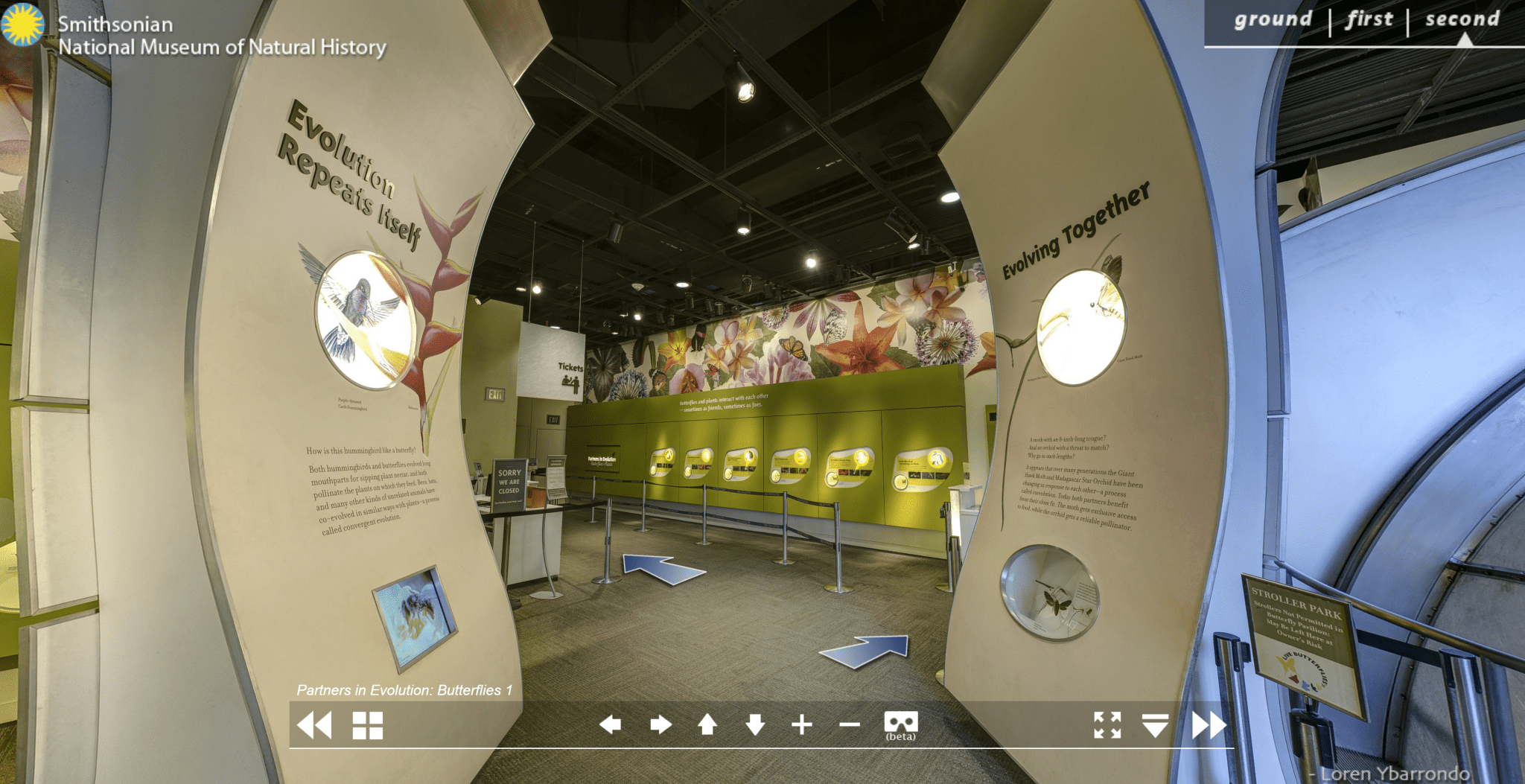
The Smithsonian’s is the most visited natural history museum in the world, and is now accessible online. Students can take self-guided room by room virtual tours for some exhibits and areas within the museum. The Butterfly Pavilion is one of the museum’s current exhibits and the tour is set up in a 4D format that will make any visitor feel as if they are right in the museum! This interactive exhibit also highlights butterflies of the week and is appropriate for students of all ages.
4. Becoming Jane: The Evolution of Dr. Jane Goodall at National Geographic
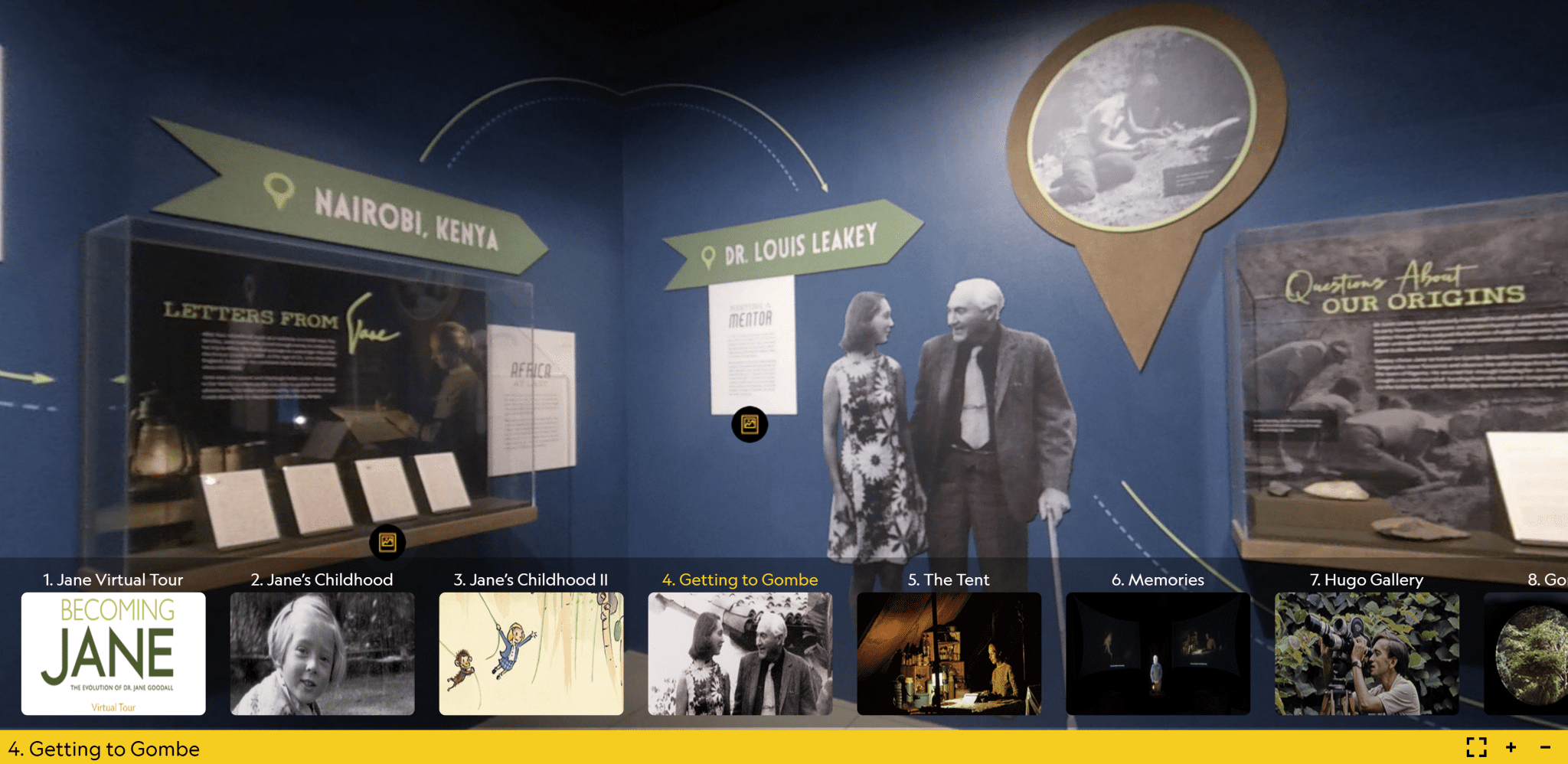
National Geographic is currently exhibiting Becoming Jane: The Evolution of Dr. Jane Goodall at the National Geographic. The exhibition follows Goodall’s life from childhood, her groundbreaking work over the years and what her life looks like now. In order to fully immerse in the experience, there are chimp feet on the floor to help students navigate the space, and they can use the arrows to move through the whole museum as if you were really there! This online exhibit is best for older students interested in science and geography, particularly those in AP level classes.
5. Monterey Bay Aquarium

The Monterey Bay Aquarium has a variety of live webcams of creatures living under the sea, land animals and everything in between. Some of the favorite video streams are the jelly cam, the penguin cam and a variety of birds on the aviary cam. The platform differs from the other virtual experiences because it is not a tour, but the cam shows students animals in their natural habitats. The tone is usually peaceful and viewing will be a great experience for everyone.
6. Easter Island Virtual Tour
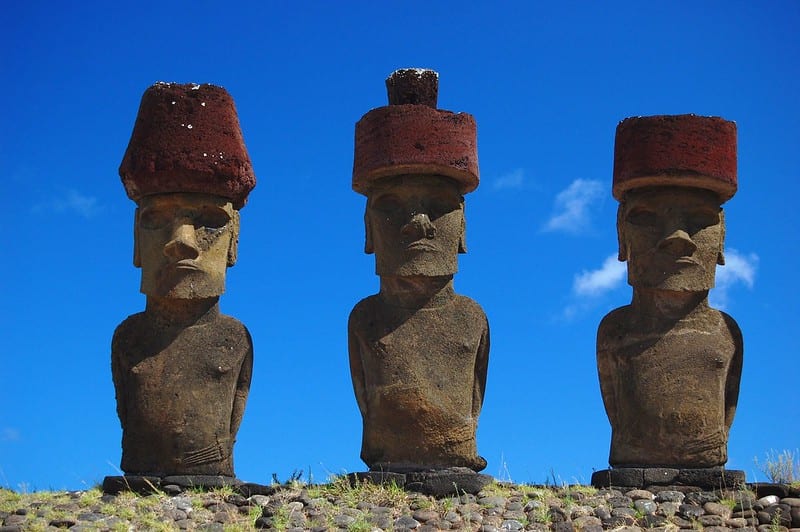
Explore Easter Island, also known as “Rapa Nui’” the site where the giant statues from the movie Night at the Museum originate from. Google has created a virtual tour of the statues, providing webcams of the tropical island as well as the history behind their origins. This is a great online exhibit for families to discuss geography with students in a fun way.
7. NASA’s Online Exhibits
NASA has an extensive library of online exhibits. The library includes fun and interactive exhibits such as “The Mars 2020 Mission,” “Building A new future in Space: Deep Space,” and “Great Discoveries of the Hubble Space Telescope.” You can find these exhibits on Google’s Arts & Culture website, a partner with NASA. These exhibits are ideal for students interested in aerospace and students in AP courses, particularly those related to space and science.
8. MetKids by the Metropolitan Museum of Art
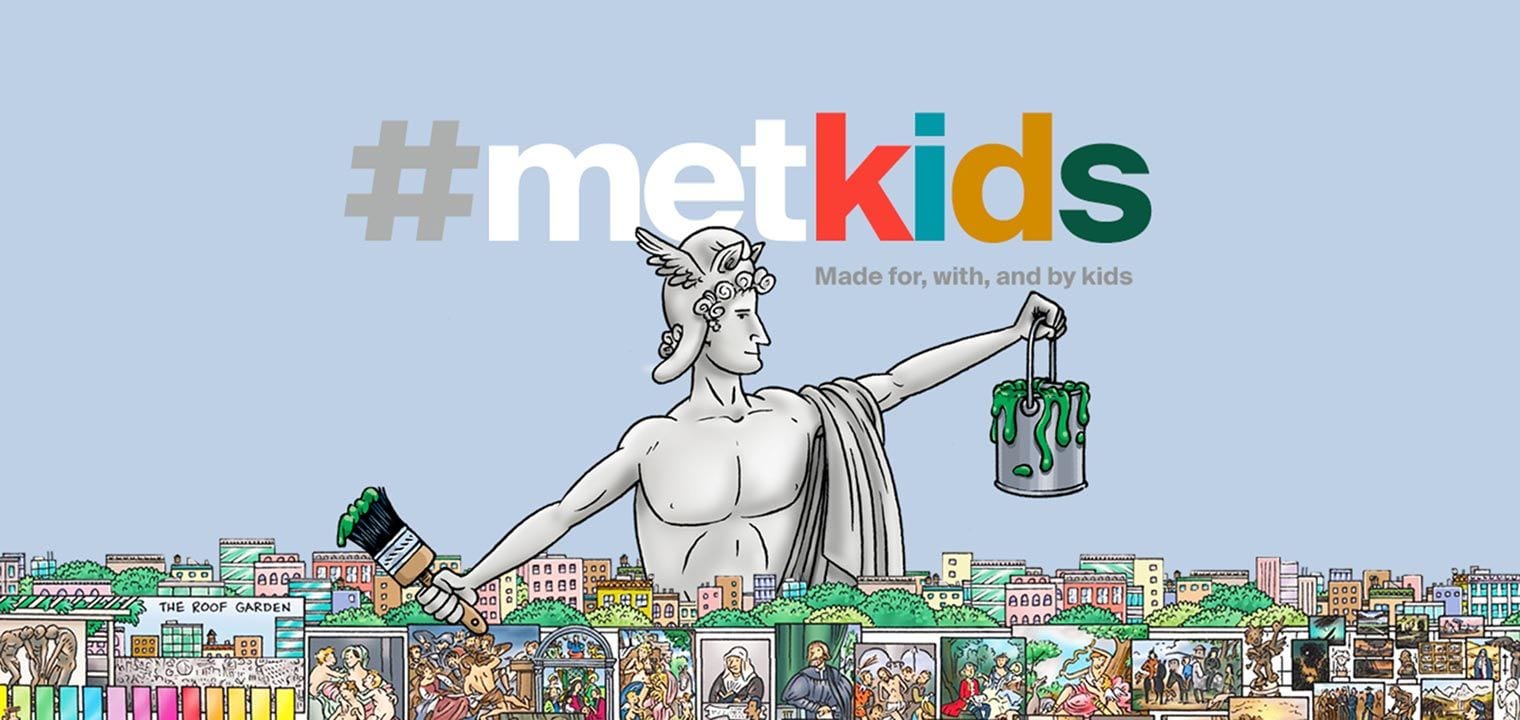
MetKids is a unique exhibit because it was developed for kids by kids from around the world! Kids can engage in various ways online, from exploring the map to hopping in the time machine, to learning about different art at the museum to watching how to videos. The website says it is for kids ages seven to twelve, so ideal for your students in elementary and middle school.
9. The Museum of the World by the British Museum
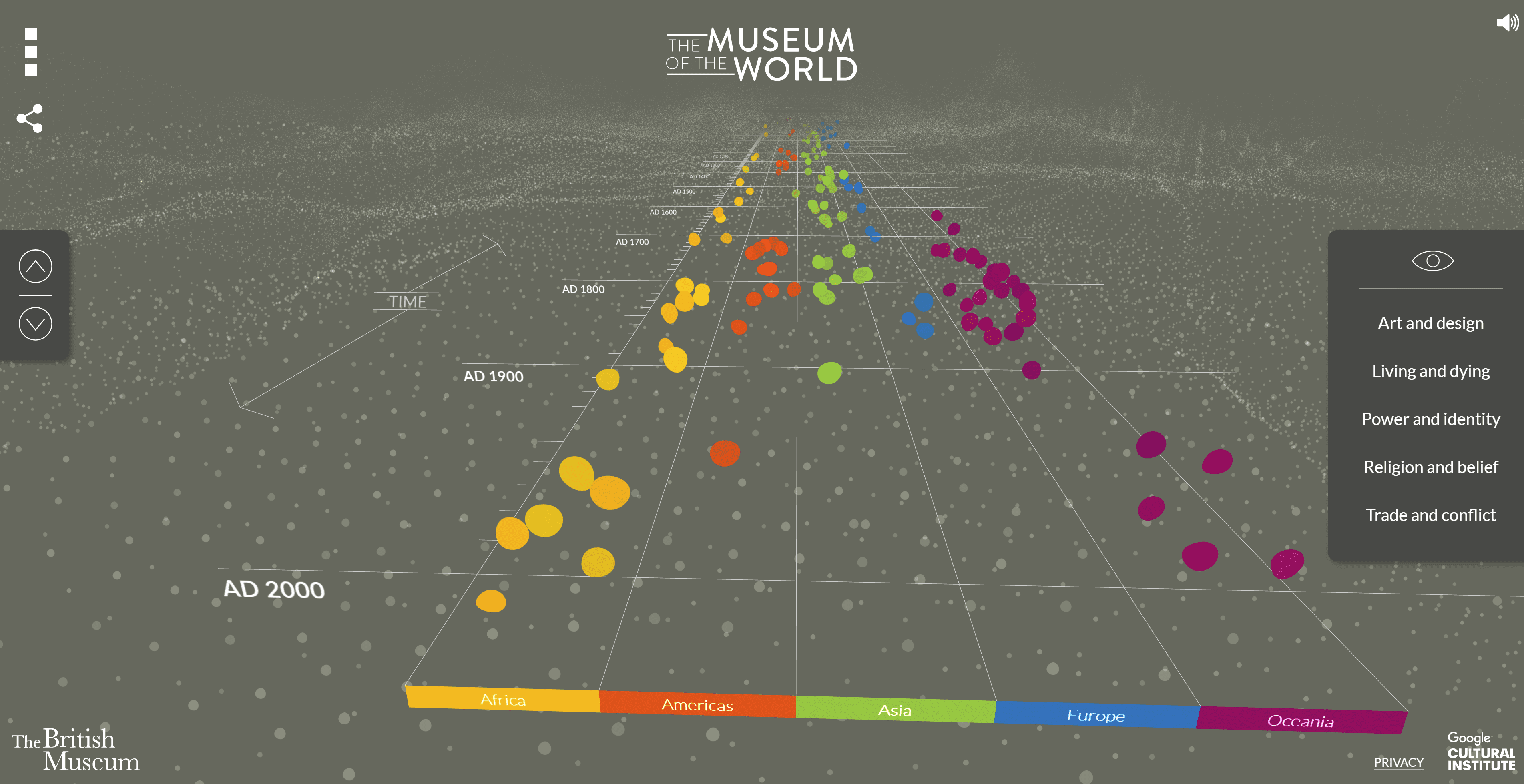
The British Museum partnered with the Google Cultural Institute to create The Museum of the World, an interactive exhibit where you can travel through time by clicking on different periods of time across various continents starting with 2,000,000 BC. The different location and time points are color coded and fun to click through. All students can benefit from this interactive masterpiece, particularly AP World History students.
It is undeniable that COVID-19 has created challenges for students and educators that we will be dealing with for the foreseeable future, so wanted to share some positive resources that are available for your students and hope you find them useful in the classroom! Happy exploring!
Image credits: Turtle (Red Eared Slider Turtle (Trachemys scripta elegans) by LongitudeLatitude is licensed under CC BY 2.0); Whale skeleton (Blue Whale in Blue by Jacob Surland Fine Art Photographer’s photostream is licensed under CC BY-NC-ND 2.0); Butterfly Pavilion (Smithsonian National Museum of Natural History); Becoming Jane: The Evolution of Dr. Jane Goodall (National Geographic); Jellyfish (Jelly by Travis Wise is licensed under CC BY 2.0); Easter Island (isla0022 by NOAA Photo Library is licensed under CC BY 2.0); Rocket launch (NASA/Joel Kowsky); MetKids logo (Metropolitan Museum of Art); Museum of the World (The British Museum)



